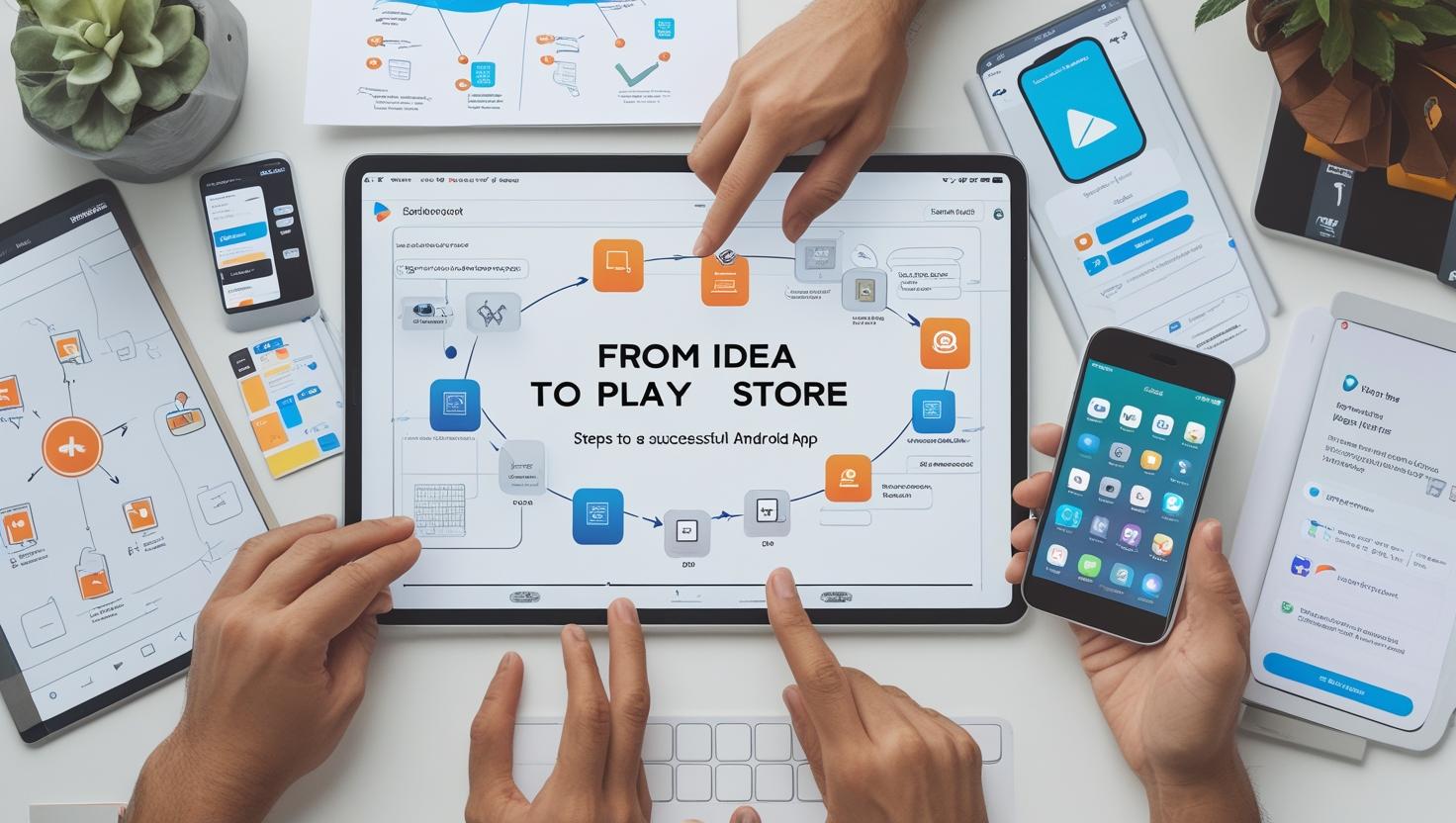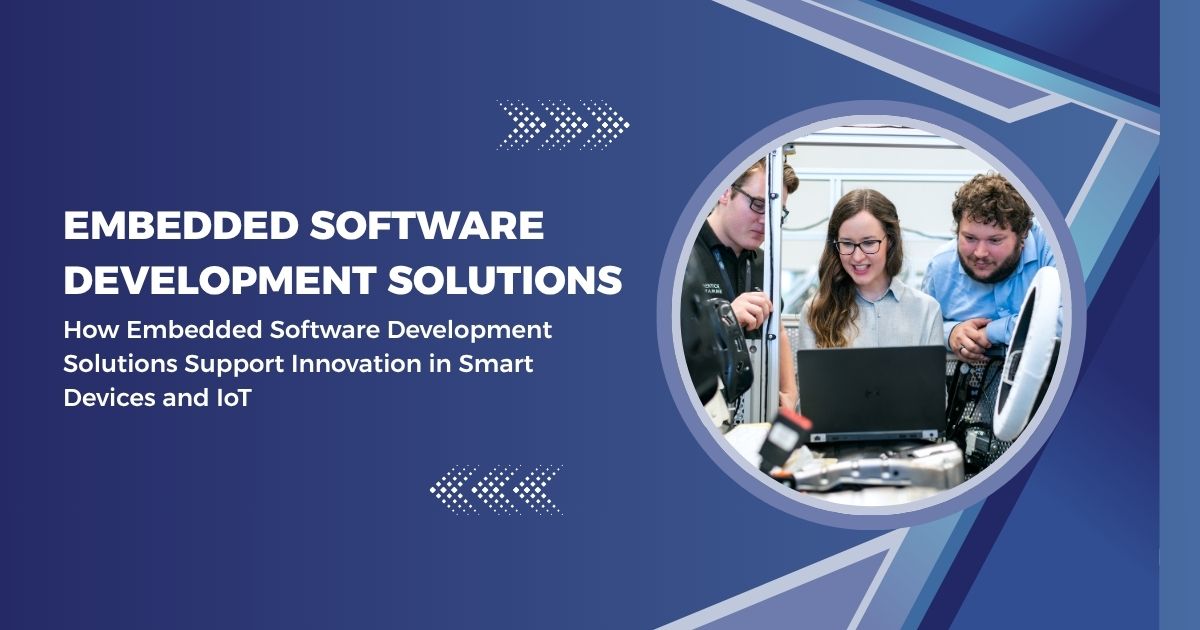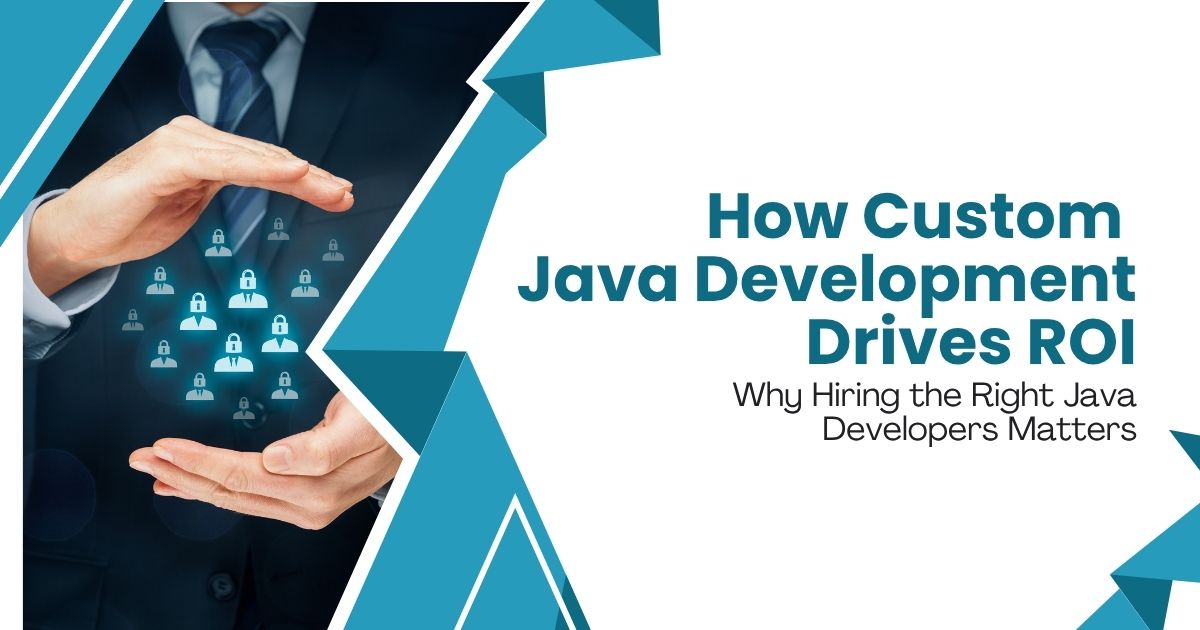From Idea to Play Store: Steps to Launch a Successful Android App

Strong 8k brings an ultra-HD IPTV experience to your living room and your pocket.
The Android ecosystem dominates the global mobile market. As of 2025, Android powers over 71% of smartphones worldwide, according to StatCounter. This dominance makes Android a prime target for businesses and developers wanting to reach large audiences.
Despite this, launching a successful app involves more than just writing code. The process requires strategic planning, technical execution, user testing, and adherence to Google Play policies. This guide outlines the entire process—from the initial concept to publishing on the Play Store—using proven industry practices.
Whether you're working with an Android Application Development Company or managing development in-house, this guide will help you understand each step in detail.
Step 1: Define the App Concept
Before writing a single line of code, you need a clear and specific app idea.
Questions to Ask:
- What problem does the app solve?
- Who is the target user?
- What features will the first version include?
Example Table: Feature Prioritization Matrix
Step 2: Market Research and Competitive Analysis
Use market research to validate your idea. Study existing apps in your niche to find gaps or weaknesses.
Key Activities:
- Analyze top apps in the same category.
- Read user reviews to understand pain points.
- Research monetization models (e.g., ads, subscriptions, in-app purchases).
Tools to Use:
- Google Trends
- App Annie
- Sensor Tower
- Play Store Analytics
Step 3: Choose the Right Tech Stack
The tech stack will define your app’s performance, scalability, and development speed.
Popular Choices:
- Programming Languages: Kotlin (preferred), Java
- IDE: Android Studio
- Backend: Firebase, Node.js, Python (Django)
- Database: SQLite, Firebase Realtime Database
Native vs. Cross-Platform:
Consult with an Android Application Development Company to choose the best stack for your needs.
Step 4: UI/UX Design
Good design improves user retention and reduces bounce rates.
UI Design Tips:
- Follow Material Design Guidelines.
- Keep navigation simple and consistent.
- Use readable fonts and accessible color schemes.
UX Design Tips:
- Limit user inputs.
- Use feedback mechanisms (like loading indicators).
- Design for offline functionality if possible.
Wireframes and prototypes can be created using:
- Figma
- Adobe XD
- Sketch
Step 5: Android App Development
This is where your app comes to life. The process typically includes frontend and backend development, API integration, and testing.
Development Stages:
- Setup Project Structure: Organize packages and modules.
- Implement Features: Code UI components and business logic.
- Connect APIs: Use RESTful services for backend interaction.
- Data Storage: Implement local or cloud-based storage.
- Handle Permissions: Request only necessary permissions.
Working with expert Android app development services ensures your app follows best coding practices and is future-proof.
Step 6: Testing and Quality Assurance
Testing is essential to detect bugs and improve user experience before launch.
Types of Testing:
Unit Testing: Validate individual functions.
UI Testing: Check layout and responsiveness.
Integration Testing: Verify interaction between modules.
Beta Testing: Get real user feedback via closed testing.
Recommended Tools:
- JUnit (Unit Testing)
- Espresso (UI Testing)
- Firebase Test Lab (Cloud Testing)
- Keep test cases updated with each app version.
Step 7: Prepare for Launch
Before submitting to Google Play, make sure the app meets all technical and legal requirements.
Checklist:
- App size is optimized (under 150MB recommended).
- Version number and code are updated.
- Proguard is enabled to shrink and obfuscate code.
- Android App Bundle (.aab) is generated (required by Google Play).
- Privacy policy and terms of use are written.
Ensure your app complies with Google Play’s Developer Program Policies.
Step 8: Create a Google Play Developer Account
To publish your app, you'll need a developer account.
Steps:
- Visit Google Play Console.
- Sign up using a Google account.
- Pay a one-time registration fee of $25.
- Fill in your developer profile with accurate business information.
Step 9: Submit Your App to the Play Store
Publishing is more than just uploading files. You need to provide detailed metadata.
Required Assets:
- App Name
- Short and Full Descriptions
- Screenshots (phone, tablet)
- Feature Graphic (1024x500 px)
- Category and Tags
- Content Rating
Monetization Setup:
- Enable in-app purchases or ads via the Play Console.
- Set pricing and availability for different countries.
- Your app will undergo review, which usually takes 3–7 days.
Step 10: Post-Launch Maintenance
Launch isn’t the end—it’s the beginning of user interaction and feedback.
Post-Launch Tasks:
- Monitor crashes via Firebase Crashlytics.
- Track user behavior using Google Analytics or Mixpanel.
- Release regular updates to fix bugs and add features.
- Respond to reviews to build trust.
Use staged rollouts to avoid major disruptions when pushing updates.
Step 11: Promote Your App
Promoting your app helps reach new users and improve installs.
Effective Methods:
- ASO (App Store Optimization)
- Social media marketing
- Collaborations with influencers
- Content marketing (blogs, tutorials)
Optimize your Play Store listing with relevant keywords and localized descriptions.
Conclusion
Building and launching a successful Android app involves multiple stages, from defining the idea to post-launch maintenance. Each step must be handled carefully to avoid delays and compliance issues.
Collaborating with an experienced Android Application Development Company can help you manage the technical complexities and meet industry standards. These companies often provide end-to-end android app development services, including consulting, design, coding, testing, and maintenance.
By following a structured process and focusing on user experience and quality, you can improve your app’s chances of success on the Play Store.
FAQs
1. How long does it take to develop an Android app?
Typically, it takes between 3 and 6 months, depending on the features and complexity.
2. What is the cost of developing an Android app?
Basic apps can start at $5,000, while complex solutions can exceed $50,000.
3. Is Kotlin better than Java for Android development?
Yes, Kotlin is officially recommended by Google and offers safer, more concise code.
4. Do I need to test the app on multiple devices?
Absolutely. Testing on various screen sizes and Android versions ensures compatibility.
Note: IndiBlogHub features both user-submitted and editorial content. We do not verify third-party contributions. Read our Disclaimer and Privacy Policyfor details.







